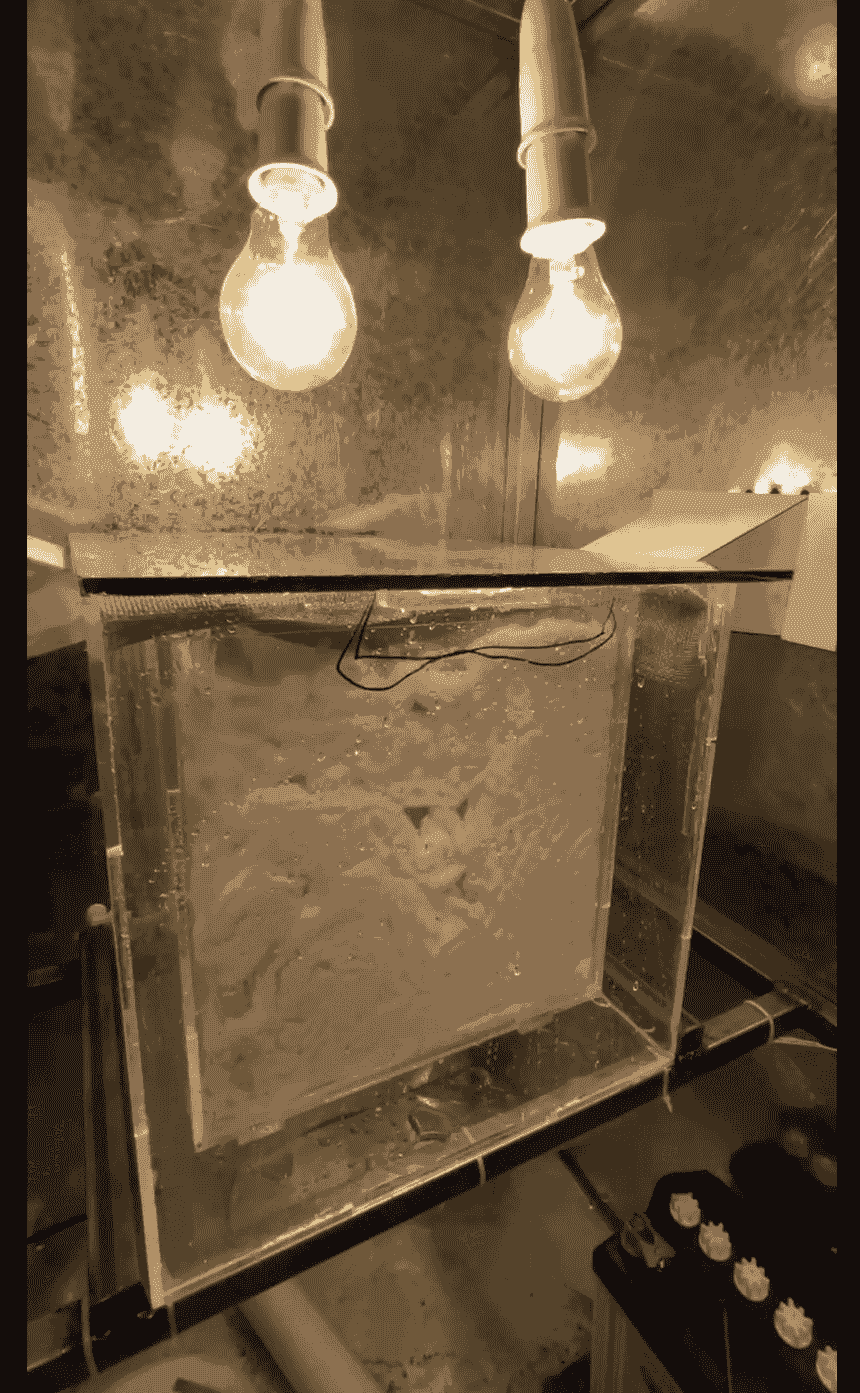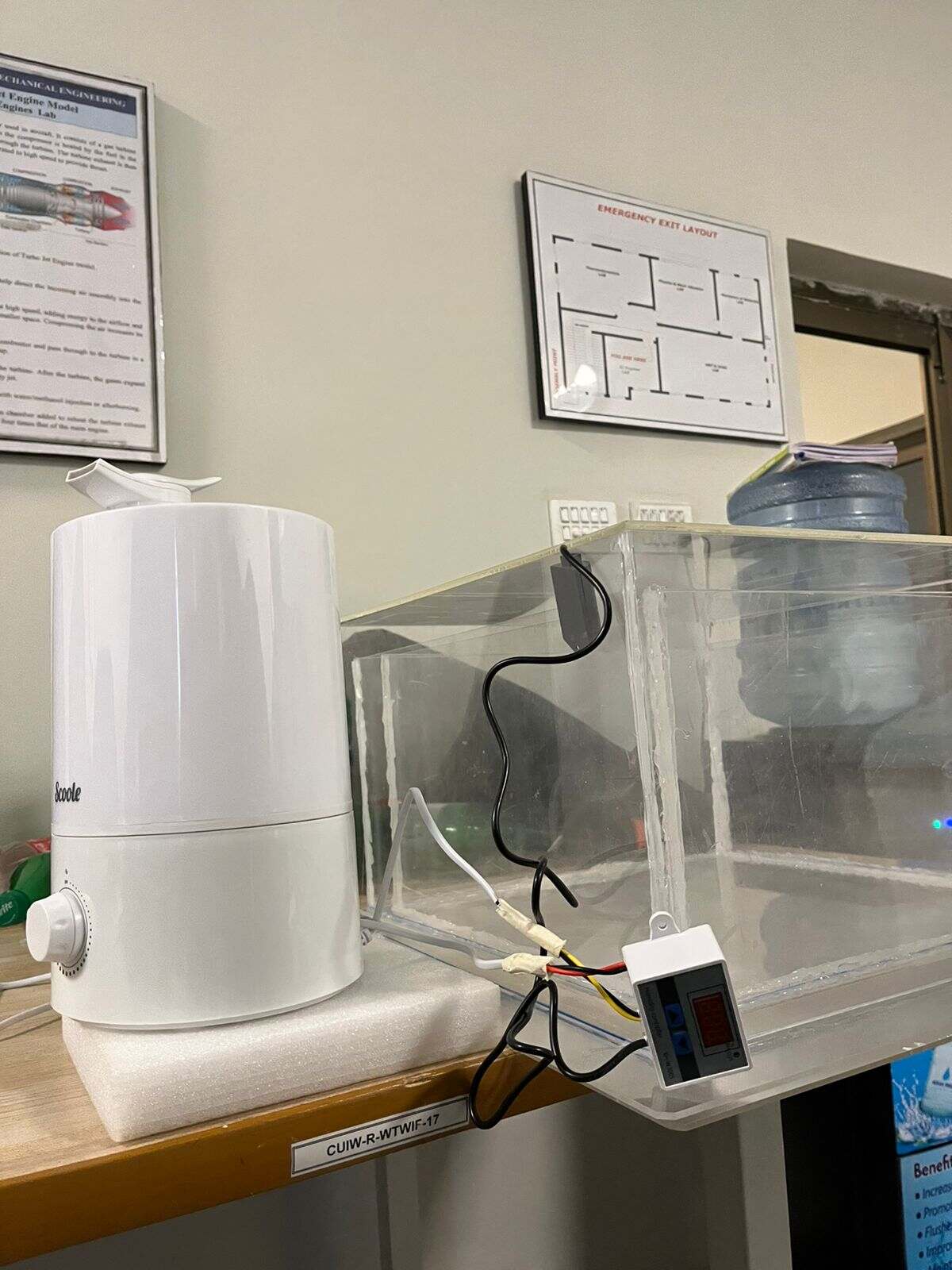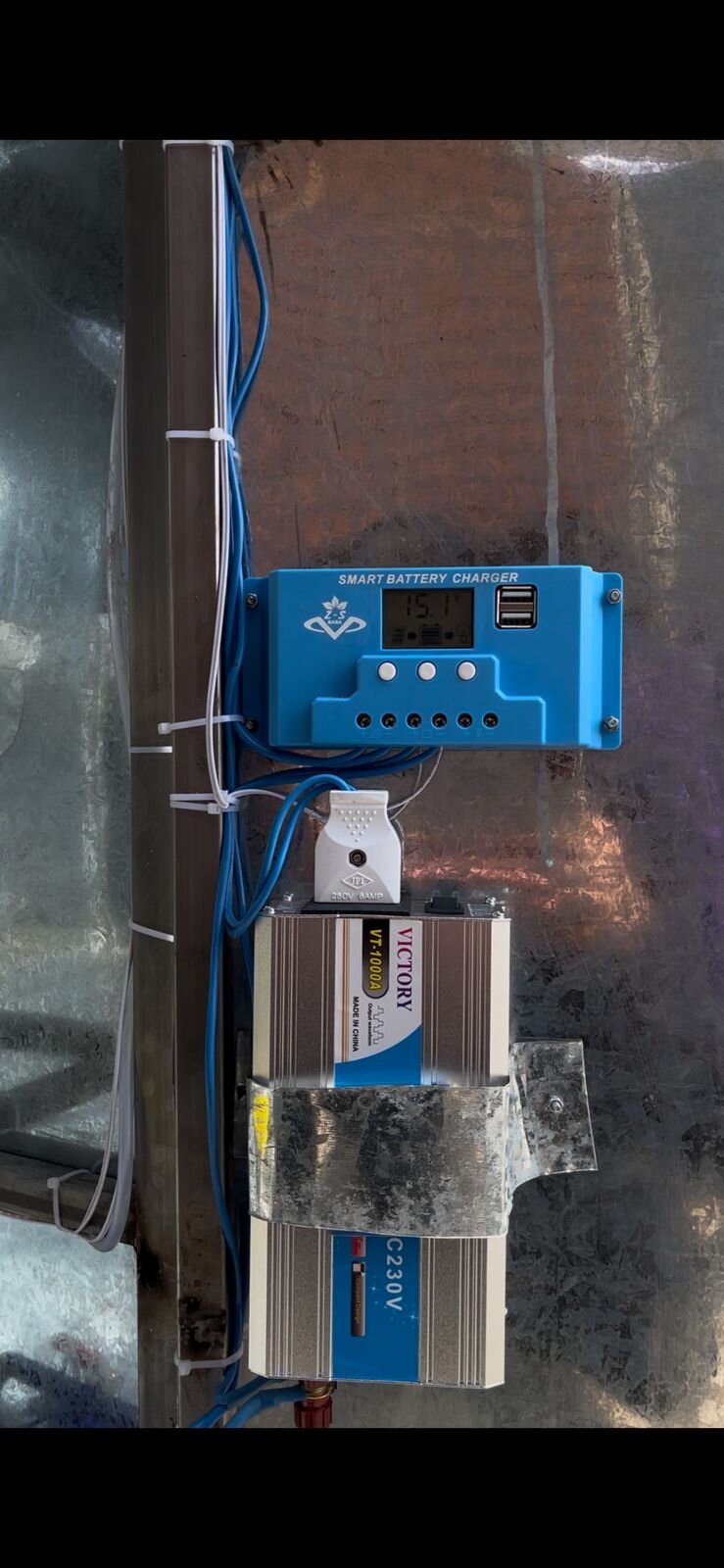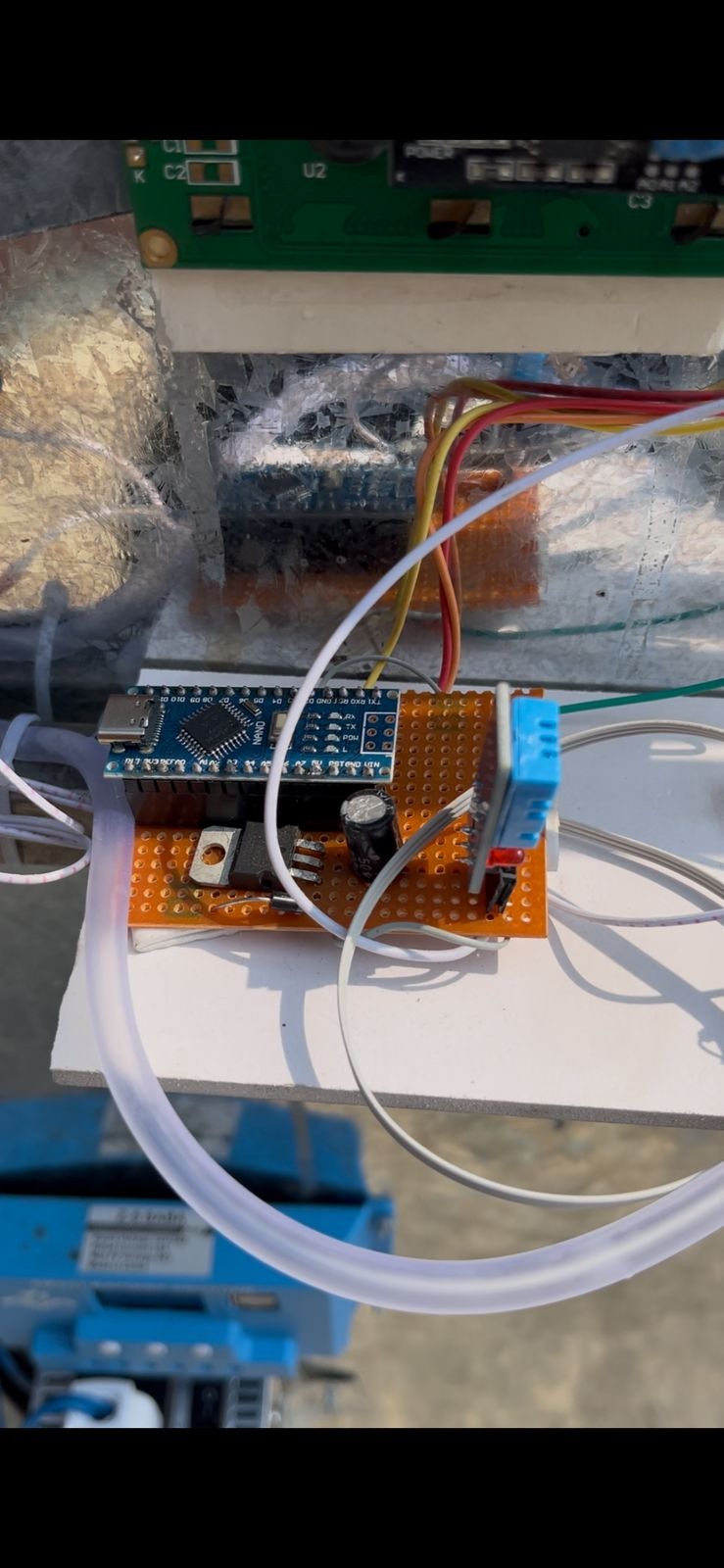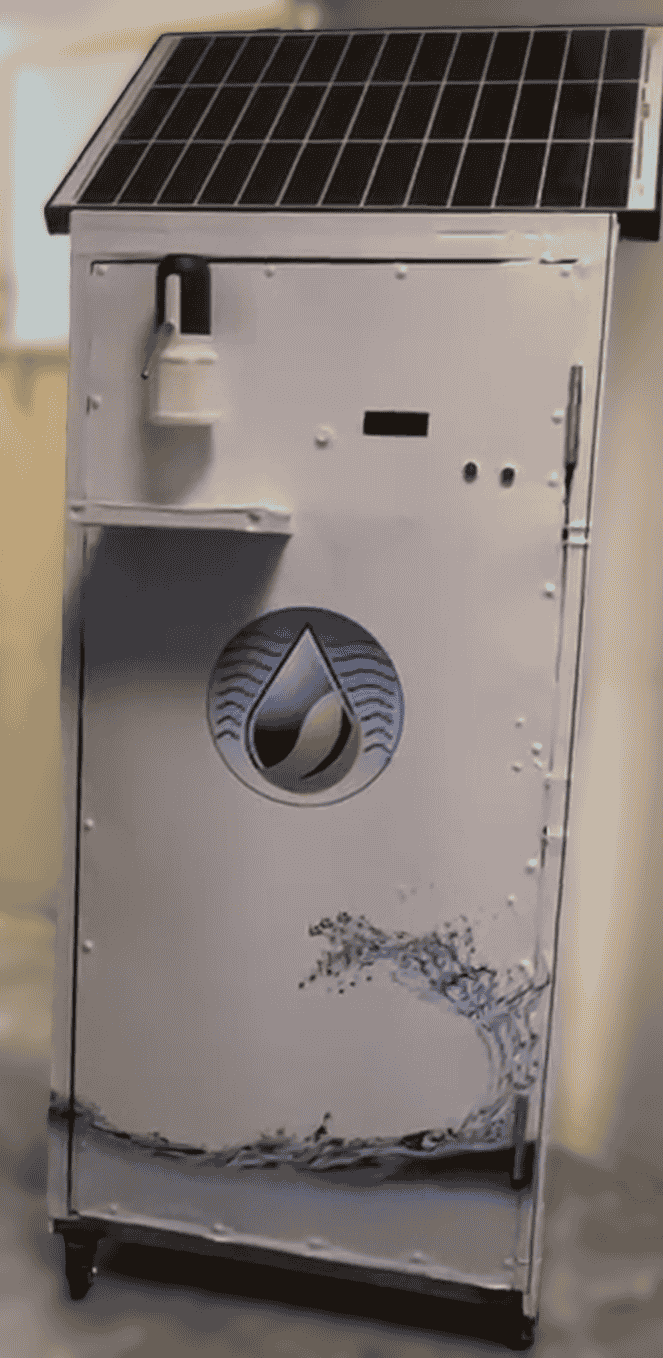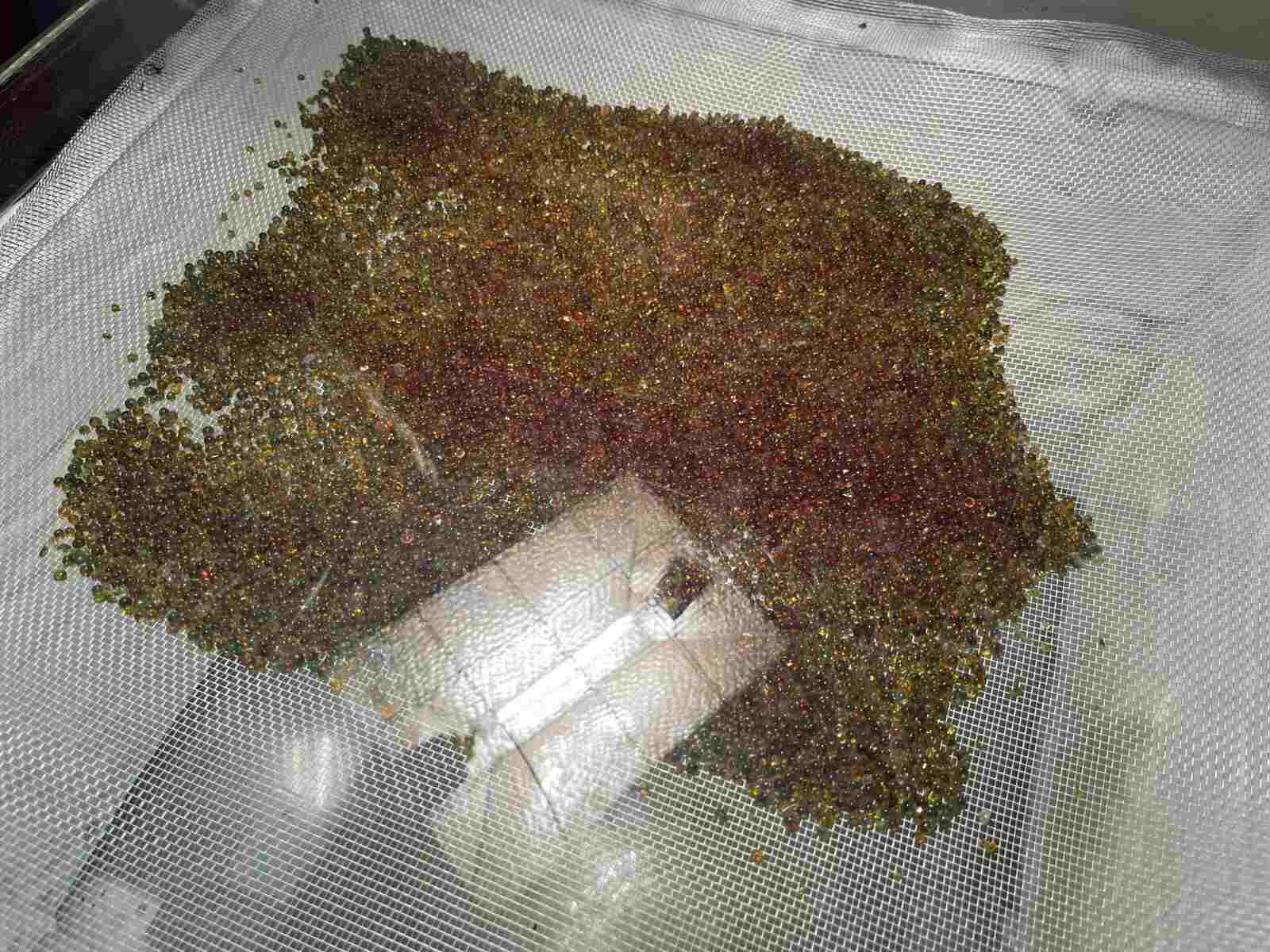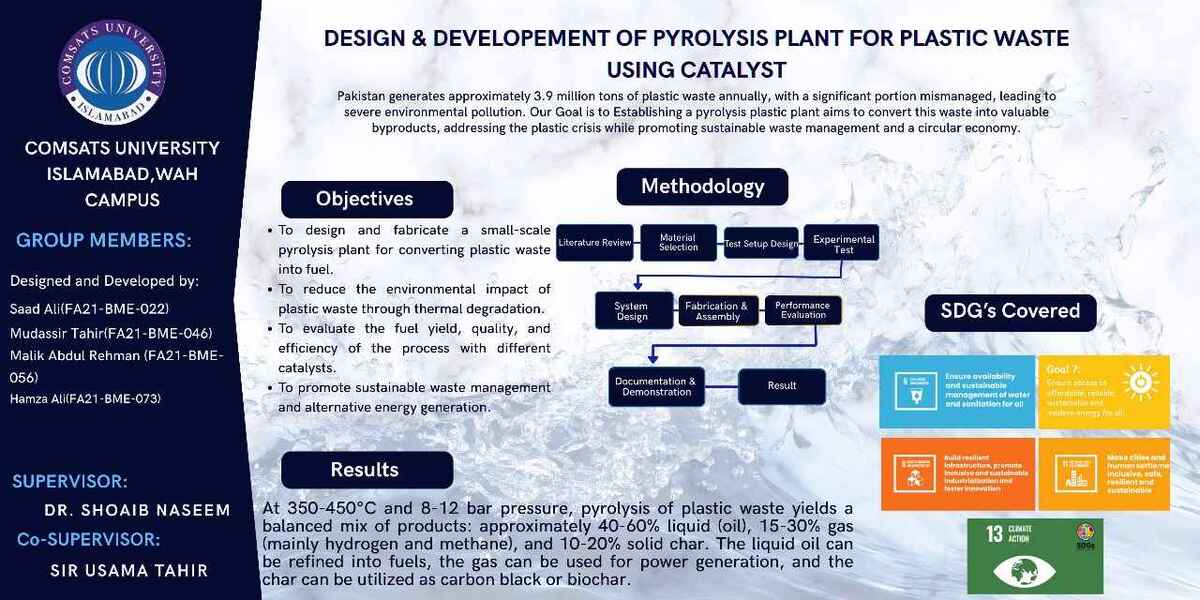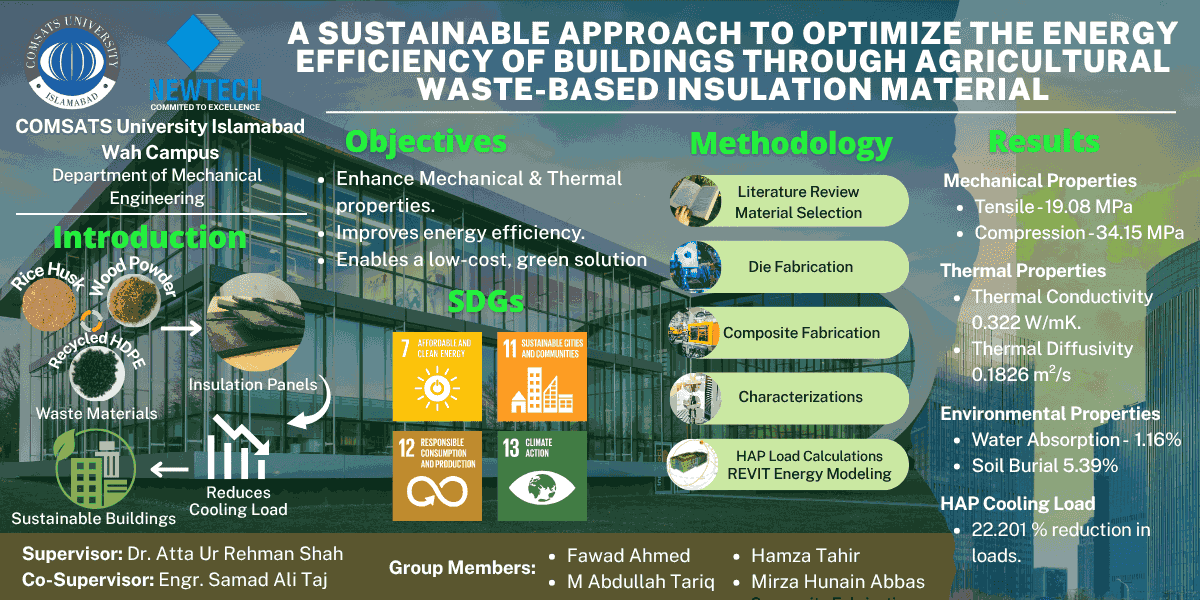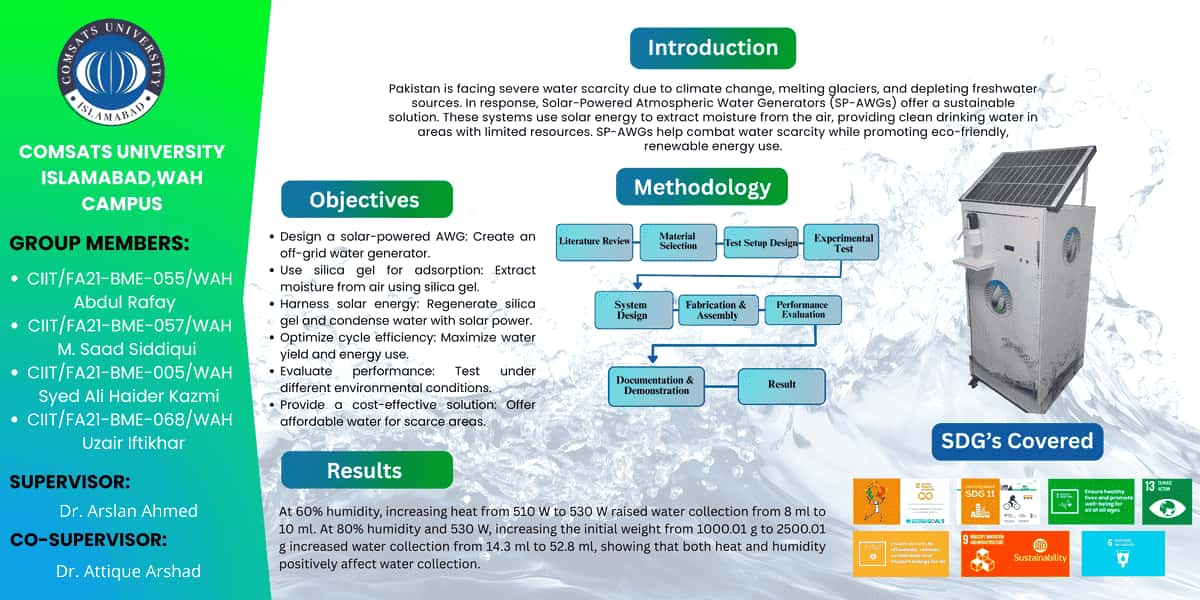Currently, Pakistan is facing a serious issue. Climate change and global warming have led to the Earth getting warmer and glaciers melting faster each year. The sea levels are rising, and so is the global temperature. Urbanization is spreading to even the most remote areas while natural assets such as trees and forests are being removed to create more space. The soil is becoming dryer, and the groundwater levels are consequently dropping too. Freshwater sources such as lakes and rivers are also depleting and, in some cases, have already run dry. Amidst all this chaos, access to clean drinking water has become highly scarce. Most areas where previously water was found in abundance are facing frequent droughts. To counter these challenges, creative solutions like Solar-Powered Atmospheric Water Generators (SP-AWGs) have emerged. SP-AWG’s harvest the moisture in the air and change it into consumable water utilizing solar energy, providing a long-lasting way to water production.
Objectives
• To develop the experimental setup & evaluate the absorption of silica gel for Solar-powered Air Water Generator.
• To design & develop the Solar-powered Air Water Generator using silica gel as a dessicant.
Socio-Economic Benefit
• Access to Clean Water in Remote Areas: Provides a decentralized water source for rural or off-grid communities with limited or no access to clean drinking water.
• Reduced Dependency on Conventional Water Sources: Lowers reliance on groundwater, municipal supply, or bottled water, especially in arid and drought-prone regions.
• Low Operational Cost: Utilizes solar energy, minimizing electricity costs and making it affordable for low-income households or communities.
• Employment Generation: Promotes local manufacturing, installation, and maintenance jobs, boosting employment in green technology sectors.
• Improved Public Health: Reduces waterborne diseases by providing safe and clean drinking water.
• Environmental Sustainability: Encourages the use of renewable energy and reduces the carbon footprint associated with water purification and transportation.
• Empowerment through Self-Reliance: Enhances water security and resilience, especially in disaster-affected or resource-scarce areas.
• Access to Clean Water in Remote Areas: Provides a decentralized water source for rural or off-grid communities with limited or no access to clean drinking water.
• Reduced Dependency on Conventional Water Sources: Lowers reliance on groundwater, municipal supply, or bottled water, especially in arid and drought-prone regions.
• Low Operational Cost: Utilizes solar energy, minimizing electricity costs and making it affordable for low-income households or communities.
• Employment Generation: Promotes local manufacturing, installation, and maintenance jobs, boosting employment in green technology sectors.
• Improved Public Health: Reduces waterborne diseases by providing safe and clean drinking water.
• Environmental Sustainability: Encourages the use of renewable energy and reduces the carbon footprint associated with water purification and transportation.
• Empowerment through Self-Reliance: Enhances water security and resilience, especially in disaster-affected or resource-scarce areas.
Methodologies
This project is divided into two phases. The financial breakdown is according to the following phases.
a. Phase 1
The adsorption capacity of silica gel is evaluated through a test setup. Enclosure of the test setup ensures precise control over environmental variables such as relative humidity and temperature, which is maintained to simulate desert-like conditions. Radiant flux will be generated through heat lamps, while sensors is used to measure key parameters like ambient temperature, humidity, and moisture-retention capacity of the desiccant. The increase in weight of the desiccant is checked through digital weight scale afterwards. The adsorption performance is calculated using these parameters to identify the ideal material for water generation. This test setup is use as a demonstration for undergraduate courses.
b. Phase 2
SP-AWG is developed based on the information obtained from Phase 1. The developed system is utilizing the desiccant material with the identified efficiency obtained from the previous tests. Solar energy is employed to power the desorption and condensation processes. SP-AWGs harness solar energy to power several solar-powered heat lamps. Desiccant material is placed within an enclosed environment, and as temperature increases, moisture is captured inside them. This moisture is then condensed into liquid water and stored in specifically designed reservoirs. To ensure maximum output, the system is optimized for various whether conditions, focusing on energy efficiency and sustainability.
Outcome
At 60% humidity, increasing heat from 510 W to 530 W raised water collection from 8 ml to 10 ml. At 80% humidity and 530 W, increasing the initial weight from 1000.01 g to 2500.01 g increased water collection from 14.3 ml to 52.8 ml, showing that both heat and humidity positively affect water collection

